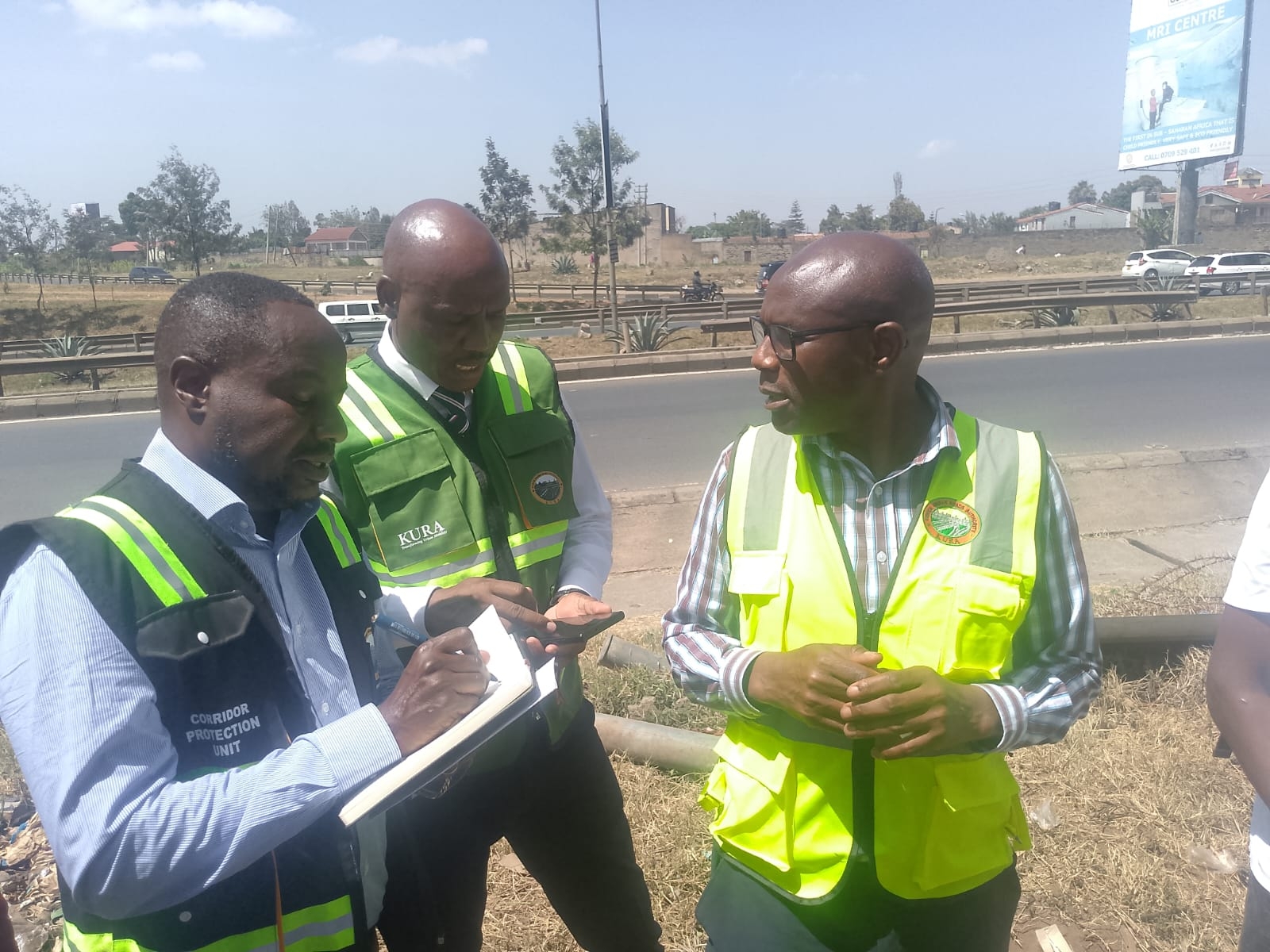As we navigate an era increasingly defined by global health challenges, the emergence of mpox, formerly known as monkeypox, has highlighted the urgent need for comprehensive public awareness and proactive measures.
Mpox is a zoonotic disease, meaning it is transmitted from animals to humans. Historically confined to remote parts of Central and West Africa, including our neighbouring Democratic Republic of the Congo, mpox has now become a concern of global proportions. Recent outbreaks outside endemic regions underscore the disease's potential to spread and the pressing need for a robust public health response. Unfortunately, public awareness in Kenya remains alarmingly low.
Understanding mpox is the first step towards mitigating its impact. The virus is similar to smallpox, though generally less severe. Symptoms include fever, headache, muscle aches, backache, swollen lymph nodes, chills, exhaustion and a distinctive rash that progresses to pustules and crusts.
The disease typically begins with fever, followed by a rash that starts on the face and spreads to other parts of the body. The lesions eventually scab over and fall off. The incubation period for mpox is usually seven to 14 days but can range from five to 21 days. The most vulnerable groups include young children, the elderly and those with compromised immune systems.
Mpox spreads through close contact with an infected person or animal, or with material contaminated with the virus. Human-to-human transmission occurs primarily through respiratory droplets, direct contact with body fluids or lesion material, as well as indirect contact with lesion material, such as through contaminated clothing or bedding.
This comes when Kenya's health system is on a transformational trajectory to become more affordable, accessible and comprehensive. We must move away from the current situation where diseases are often diagnosed late, leading to high mortality rates for conditions that could be treated effectively if caught early.
The Covid-19 pandemic afforded us invaluable lessons, including the need for the establishment of testing facilities and the mobilisation of resources to respond swiftly to health emergencies. Public health campaigns during the Covid-19 pandemic showcased the power of coordinated information dissemination in educating and protecting the public.
And just like Covid-19, one of the most significant challenges in combating Mpox is misinformation. In a world where information spreads rapidly, the potential for misinformation to cause panic or complacency is high. This is where the media, healthcare professionals and public health authorities must work in concert to ensure that the public is well-informed.
The media plays a pivotal role in shaping public perception and behaviour. Media campaigns should emphasise that mpox can be prevented through simple, practical measures, including avoiding close contact with infected individuals, practising good hygiene and ensuring that food, particularly meat, is thoroughly cooked.
Healthcare professionals are on the front lines and must be equipped with the latest knowledge and resources to manage and prevent mpox. Continuous training and updates on emerging research are vital. Additionally, healthcare facilities, particularly in rural areas, must be prepared to identify and isolate cases promptly to prevent further spread.
Public health authorities must engage in community outreach programmes to educate the public about mpox. This includes leveraging social media platforms to reach a broader audience and disseminating information in local languages to ensure it is accessible to all segments of the population. In Kenya, where local languages play a crucial role in communication, this approach is particularly important.
The financial burden of healthcare in Kenya is well-known. Many families have had to resort to WhatsApp groups to raise funds for medical bills running into millions of shillings, sometimes leading to the loss of family lands, lifelong savings and more. Addressing diseases like mpox effectively can help prevent such financial hardships by ensuring early diagnosis and treatment, reducing the need for costly hospital stays and interventions.
Although there is no specific vaccine for mpox, the smallpox vaccines ACAM2000 and JYNNEOS have been shown to provide cross-protection. Antiviral treatments such as tecovirimat are available for severe cases.
To address the root causes of mpox, we must look at our interactions with wildlife and our environment. Reducing human-wildlife contact, improving sanitation and promoting food safety are critical steps. Strengthening our healthcare infrastructure to detect and respond to outbreaks swiftly is also essential.
We should leverage regional cooperation through platforms like the East African Community to address mpox and other emerging health threats. Joint surveillance systems, shared resources and coordinated response strategies can enhance our collective ability to manage and mitigate the impact of these diseases.
Raising awareness about mpox is a collective responsibility. Individuals must take proactive steps to educate themselves.
Principal Secretary, Public Health and Professional Standards















